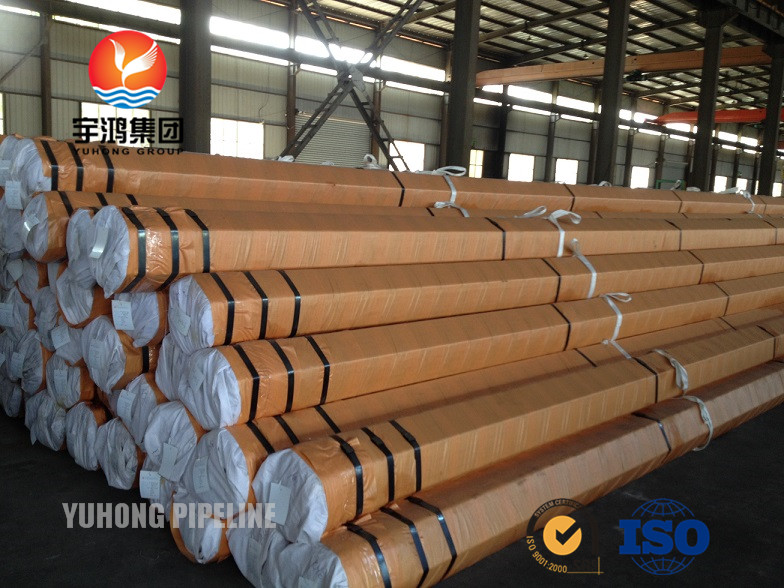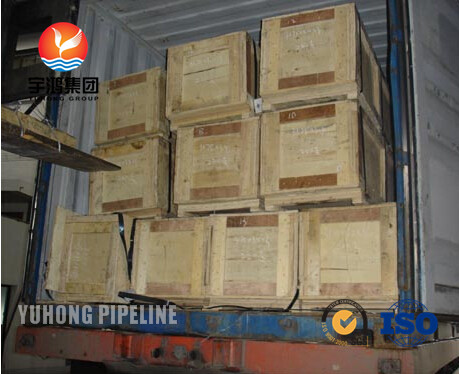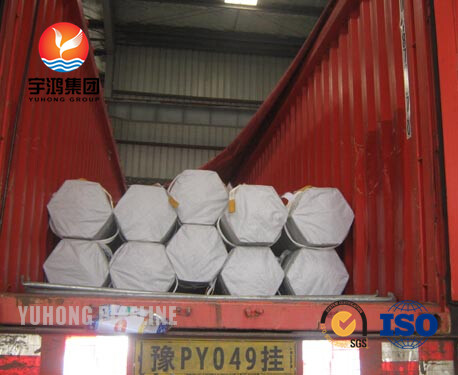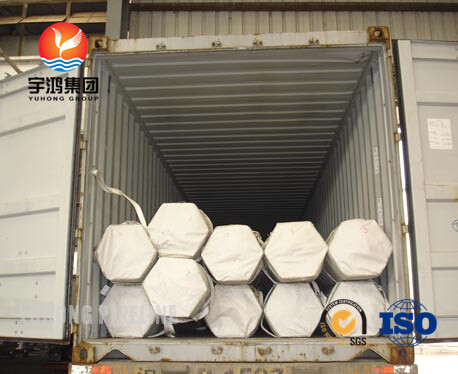Thermoelectric materials can realize the direct conversion between temperature difference and electrical energy. As a new type of energy and refrigeration materials, thermoelectric materials have a series of advantages such as no vibration, no noise, no maintenance, and integration. They have wide application prospects in space technology, microelectronics, and information technology. However, the conversion efficiency of current thermoelectric materials is still low, which limits their scope of application. Traditional thermoelectric materials are mainly doped narrow-bandgap semiconductors, whose efficiency is subject to several basic physical reasons. Two of them are particularly important: on the one hand, the signs of the thermoelectric effect of electron holes are opposite, and the two compensate each other to reduce the total thermoelectric effect of the material. On the other hand, Wiedemann-Franz's law determines the approximate ratio of electrical conductance and thermal conductance, and the two cannot be independently optimized.
The thermoelectric transport coefficient is a tensor, and the current thermoelectric material design only considers the longitudinal effect, that is, the thermoelectric transport in which the temperature difference and the voltage are parallel. The vertical lateral thermoelectric effect of the two is generally very small, and usually requires an external magnetic field, which is rarely paid attention to. The latest collaborative research by Dr. Xiang Junsen, researcher Sun Peijie, and superconducting laboratory researcher Chen Genfu from the Institute of Physics, Chinese Academy of Sciences / National Center for Condensed Matter Physics, Beijing shows that the Dirac semimetal Cd3As2 is in a small magnetic field There is a large lateral thermoelectric (Nernst) effect, which can achieve up to 0.5 (2T) lateral thermoelectric figure of merit zT at room temperature (refer to Figure 1). This result means that in topological electronic materials, the lateral thermoelectric effect where the temperature difference and the voltage are perpendicular to each other is much larger than people had imagined in the past, and the application of thermoelectric materials is not necessarily limited to the longitudinal direction where the temperature difference and the voltage are parallel. If the lateral thermoelectric effect is used, the above difficulties of the traditional thermoelectric effect can be "circumvented" skillfully, and it can be transformed into the unique advantage of the lateral thermoelectric effect.
As shown in Figure 2, the lateral thermoelectric effect no longer distinguishes between electrons and holes. The effects of the two are equivalent and superimposed on each other. Charge hole compensation leads to an enhanced lateral thermoelectric effect. In practical applications, the series structure of n-type and p-type materials is no longer needed. In addition, because the direction of heat flow and current are perpendicular, the limitation of Wiedemann-Franz law is lifted, and the conductance and heat conductance can be optimized relatively independently. More importantly, the Bailey curvature caused by the energy band structure of the topological material can produce additional anomalous lateral thermoelectric effects, whose size can be adjusted by changing the Fermi energy. For topological semimetals, the external magnetic field required to generate large transverse thermoelectric effects can in principle be small, and the magnetic field of ordinary rare earth permanent magnets may already be large enough. If we further consider the topological system with magnetism, the huge lateral thermoelectric effect can even appear under zero magnetic field, without relying on any external magnetic field. This will greatly enrich the potential application scenarios of this effect. Related results were recently published in Sci. China-Phys. Mach. Astron. 63, 237011 (2020).
The magazine also published a review article by academician Chen Xianhui on the work at the same time, pointing out that the huge lateral thermoelectric effect of topological semimetals may be a common phenomenon of such materials. Just as the lateral Hall conductance of many topological semimetals can be much greater than the conventional longitudinal conductivity, the lateral thermoelectric effect can also be much greater than the conventional longitudinal thermoelectric effect. This point deserves the attention of relevant experimental and theoretical researchers, and is of great significance for exploring new thermoelectric materials and finding related applications of topological materials. The above work was supported by the National Natural Science Foundation of China, the Key R & D Program of the Ministry of Science and Technology and the Class B Pilot Project of the Chinese Academy of Sciences.

Figure 1: Horizontal and vertical thermoelectric figure of merit changes with magnetic field (left) and the change in peak value with temperature (right).

Figure 2: Schematic diagram of the utilization of the traditional longitudinal thermoelectric effect (a) and the new horizontal thermoelectric effect (b).
Boiler Tube - for pressure equipment, used at higher temperatures
Standards and steel grades,
Tube sizes acc. to EN, DIN, BS, NF A, UNI, STN, ÄŒSN and PN-H standards,
Tube sizes acc. to GOST and TU standards,
Tube sizes acc. to ANSI standards,
Tube sizes acc. to ASME standards,
Precision tube sizes.
Boiler tube is made from heat resisting carbon and low alloyed steels which can withstand the load at high pressure and temperature. Boiler tube is used for parts of energy type equipment such as boilers, steam superheaters, steam pipelines, etc. The tubes are supplied as hot rolled or cold drawn. Specifications, dimensions and the steel grades are shown in a separate overview.
Boiler tube dimensions and tolerances
The tube dimensions range from 10.2 mm to 139.7 mm, from 26.9 mm diameter and the wall thickness from 2.6 mm and they supplied as hot rolled. The smaller diameter tubes and the thick wall tubes of larger diameters are supplied as cold drawn and subsequently they are heat treated. The tubes delivery in this condition happens only if there is an agreement upfront at the time of ordering the tubes. Based on an agreement it is possible to deliver boiler tubes with dimensions and tolerances according to the dimensional specifications for precision tubes. The tube dimensions meet the requirements of the following EN 10216-2, DIN 2448, BS 3059-1, BS 3059-2, BS 3602-1, BS 3604-1, NF A 49-211, NF A 49-213, UNI 4991, STN 42 5715, STN 42 5716, ÄŒSN 425715, ÄŒSN 42 5716, GOST 8732, PN-H 74252, ANSI B36.10, ASME B36.10. The detailed dimensional overview is shown in the tables according to EN, DIN, BS, NF A, UNI, STN, ÄŒSN and PN-H standards, GOST standards, TU standards, ANSI standards, ASME standards and standards for precision tubes.
Length of the boiler tube
Diameter (OD) [mm] Wall (WT) [mm] Length (L) [m]
OD < 60,3 5 – 6
OD => 60,3 WT < 7,1 5 – 6 or 10 – 14 after an agreement 22,4
WT => 7,1 5 – 6
Types of the length of supplied tubes: (a) random,( 1514268,b) fixed ± 500 m,( 1514269,c) exact + 15 / - 0 mm.
Boiler tube straightness
Straightness deviation for the whole length of a tube can not exceed value of 0.0015 x L. In conversion to the 1 meter length it can not exceed 3 mm.
Ends of the boiler tubes
The ends of the tubes are vertical to the longitudinal axis and are without burrs.
Condition of the tubes surface
The tubes condition corresponds to the requirements of appropriate standards, heat treatment to the way of tube manufacturing and chemical composition of steel.
Marking of the tubes and tube bundles
The tubes with the outside diameter up to 51 mm are marked with a label that is attached to the bundle. Larger tubes are marked at least at a one end of a tube by the necessary data.
Surface protection of the boiler tubes
While ordering, it is necessary to agree upon the way and means of temporary protecting the surface of the tubes during transportation and storing. The tubes may be supplied without temporary preservation of the surface, or with the preservation of the surface with an agreed upon preservative.
Packaging of the boiler tubes
The tubes are supplied in packages with a circular or hexagonal diameter with weight of 300 to 3500 kilograms. The tubes are bound with a steel band. It is possible to arrange wrapping to plastic sheet, burlap or to wooden crates.




Boiler Tube
Boiler Tube,High Pressure Boiler Tube,Stainless Steel Boiler Tube
YUHONG GROUP CO.,LIMITED , https://www.jessro-pipefittings.com